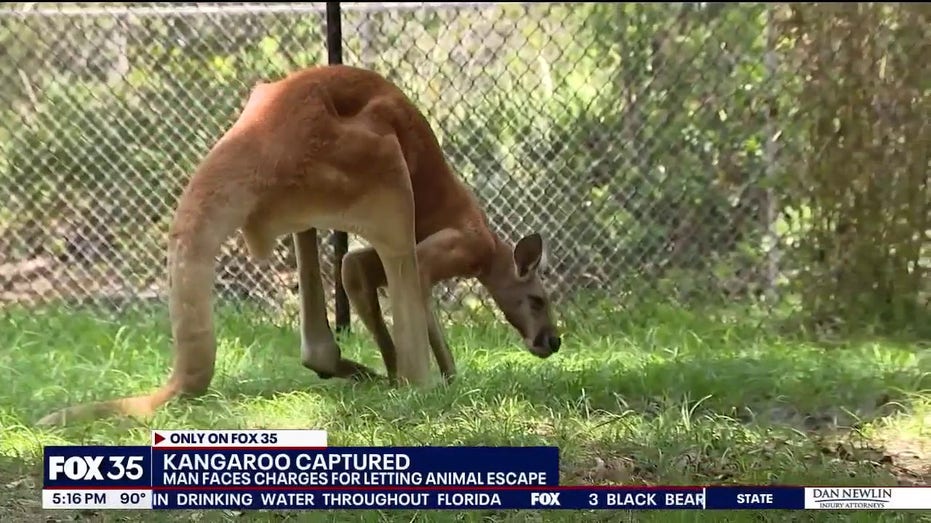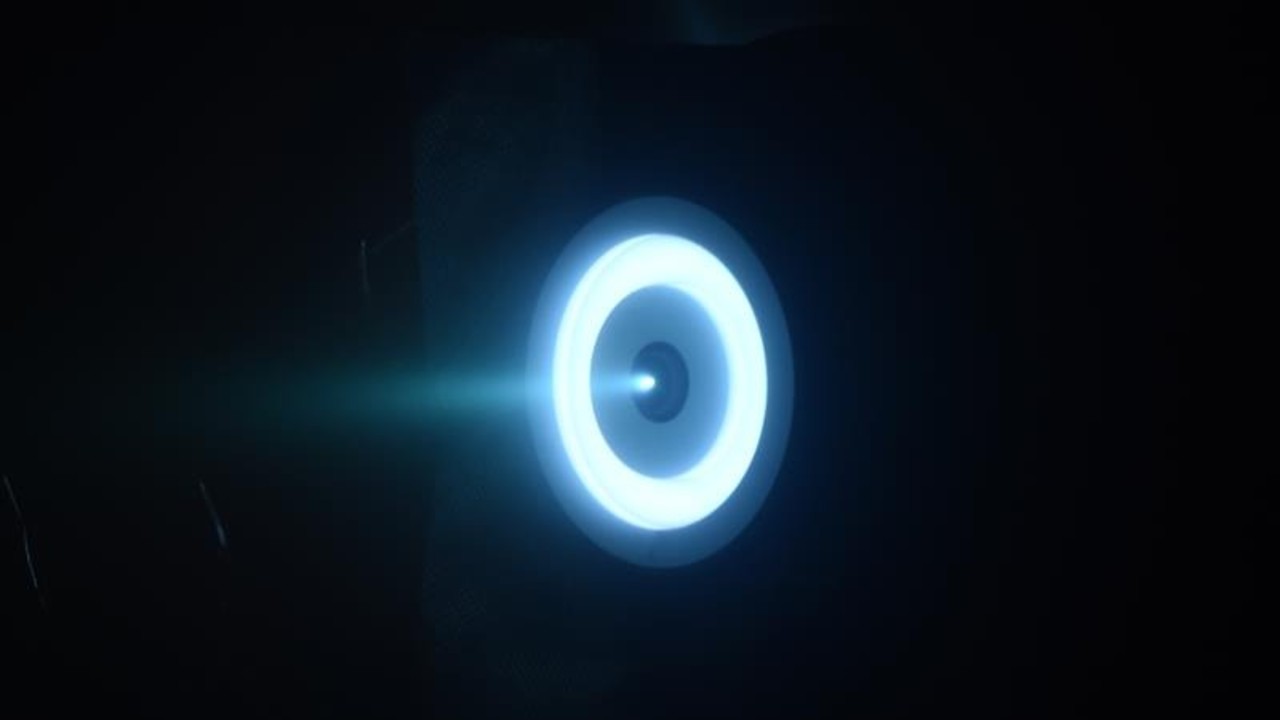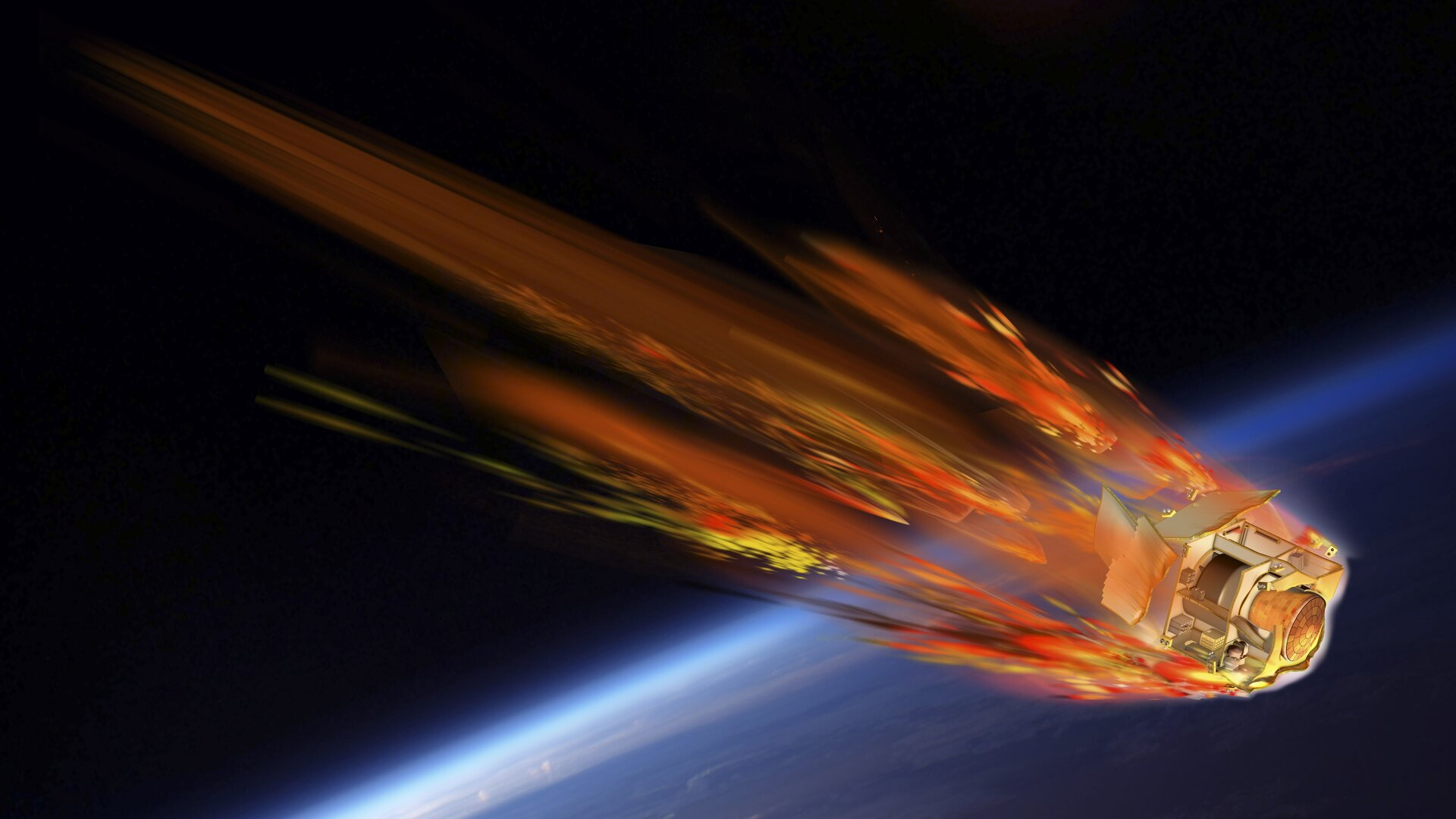Soviets were headed to Venus in 1972. The spacecraft is about to return.
A spacecraft from a failed Soviet mission to land on Venus in 1972 will crash back to Earth in mere days. Scientists say it may survive.


A Cold War-era spacecraft is heading home after a half-century adrift.
Back in the 1970s, the Soviet Union had its sights set on Venus, sometimes known as Earth's evil twin. A thick atmosphere traps heat in a runaway greenhouse effect, making it the hottest planet in the solar system, despite being farther than Mercury from the sun.
But the Venera mission, which launched from Kazakhstan on March 31, 1972, failed long before the Soviets could attempt to touch down on the hellscape. Something went wrong with an engine burn to put the vehicle on its Venutian trajectory, and the uncrewed spacecraft got stuck in space.
Some 53 years later, the lander is expected to finally make its descent, although not on its intended target. Researchers watching the capsule, dubbed Kosmos 482, believe it will fall back to Earth any day now. Exactly where and when are not clear, but the latest estimates suggest it could happen between May 9 and 11.
"The uncertainty will be fairly significant right up to reentry," according to NASA.

Right now the mid-century relic is zooming over our heads in an oval-shaped Earth orbit, getting a bit slower with each lap. As it flies, it dips into the upper layers of the atmosphere. That drag has pulled the capsule ever lower.
It seems gravity is winning this space race.
The chances of it hitting people is "infinitesimally small," said Marcin Pilinski, a research scientist at the University of Colorado who is monitoring the spacecraft. Most likely it will end its journey plunging into an ocean, given that two-thirds of the planet is covered in water.
Still, the object — about three feet wide and more than 1,000 pounds — poses "an unusual and noteworthy risk" compared to the typical assortment of satellite debris that rains down on Earth, according to the company Space Environment Technologies. There is a slight possibility it could re-enter over densely populated regions.

Experts also think there's a chance it could withstand its fiery descent somewhat intact. The Soviet space agency, now known as Roscosmos under Russia, built the spacecraft to meet the demands of Venus. The toxic world's climate is hot enough to melt lead, and the atmospheric pressure is 75 times that of Earth. That means Kosmos 482 is armored like a submarine.
Invisible forces around Earth — ripples and waves in the atmosphere, solar storms, and weather — make tracking this object's landing difficult. Sometimes the sun shoots out bursts of energy that can temporarily bloat Earth’s atmosphere, which can alter the speeds of orbiting objects flying through it.
Despite its rugged exterior, Kosmos 482's best case scenario is likely becoming the host for a deep-sea reef. No one is going to go look for it, Jonathan McDowell, an astrophysicist who tracks spacecraft and debris in Earth's orbit, told Mashable.
"If it falls in the ocean, the debris will sink and never be found," he said.
Though this capsule didn't make it to Venus, others did. One of them, Venera 8, launched just four days earlier and touched down on Venus on July 22, 1972. For 63 minutes, it beamed back data to Earth. Then it fried in the all-consuming heat.


















_Aleksey_Funtap_Alamy.jpg?width=1280&auto=webp&quality=80&disable=upscale#)






















































